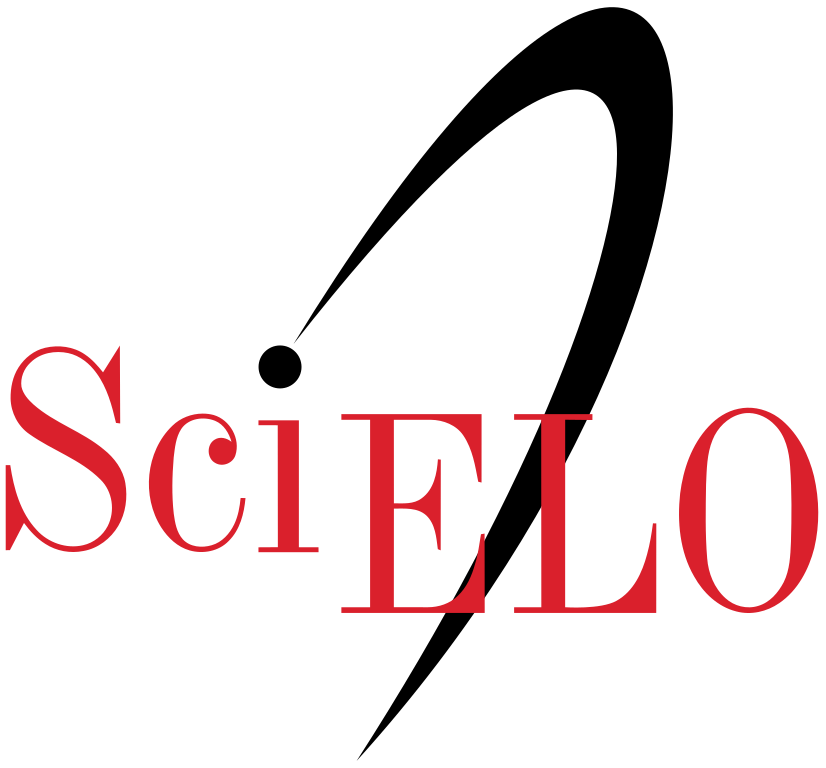Modelado autorregresivo de señales electroencefalográficas para simuladores médicos
Resumen
El registro de la actividad eléctrica cerebral ha permitido la comprensiónde diferentes estados neurofisiológicos, posibilitando el diagnóstico dealgunos trastornos neuronales, de aquí, la importancia de la caracterizacióny el conocimiento de las diferentes morfologías que pueden presentarlas señales de electroencefalografía (EEG). El modelado matemático deseñales biomédicas facilita el desarrollo de simuladores que puedenservir como herramienta de entrenamiento médico en computadoreso dispositivos móviles. Este artículo presenta el modelado paramétricoautorregresivo (AR) y la simulación de señales EEG en diferentes estadosfisiológicos, como: reposo con ojos abiertos y cerrados y crisis epilépticas,además bajo la presencia de algunos de los artefactos más comunes,como son: parpadeo, actividad muscular, electrodo “pop” y ruido 60Hz. Se valida el desempeño de los modelos en el dominio del tiempo através del porcentaje de ajuste FIT, el cual siempre estuvo por encimadel 70%, y en el dominio de la frecuencia a través de la energía en lasbandas de frecuencia características del EEG. Se presenta la metodologíade modelado, los gráficos de las señales simuladas y los valores de losparámetros evaluados. La amplia variedad de señales EEG modeladaspermitirá el desarrollo de simuladores de señales cerebrales para elentrenamiento del personal médico, e igualmente para el análisis y lacaracterización de las señales de electroencefalografía.Descargas
Publicado
2017-07-26
Cómo citar
[1]
F. Sánchez Restrepo y A. M. Hernández, «Modelado autorregresivo de señales electroencefalográficas para simuladores médicos», Ing. y Des., vol. 35, n.º 2, pp. 337–356, jul. 2017.
Número
Sección
Artículos









